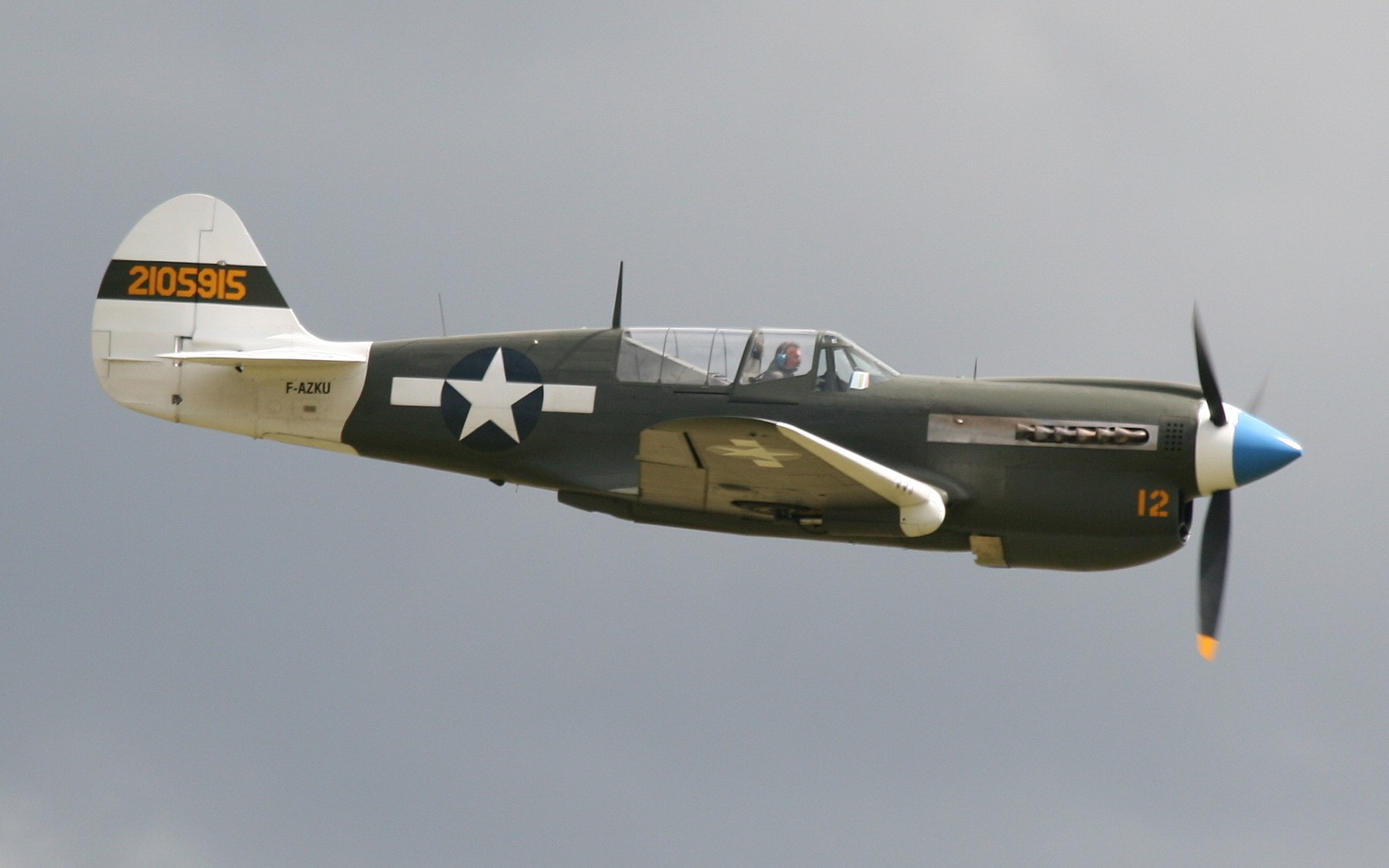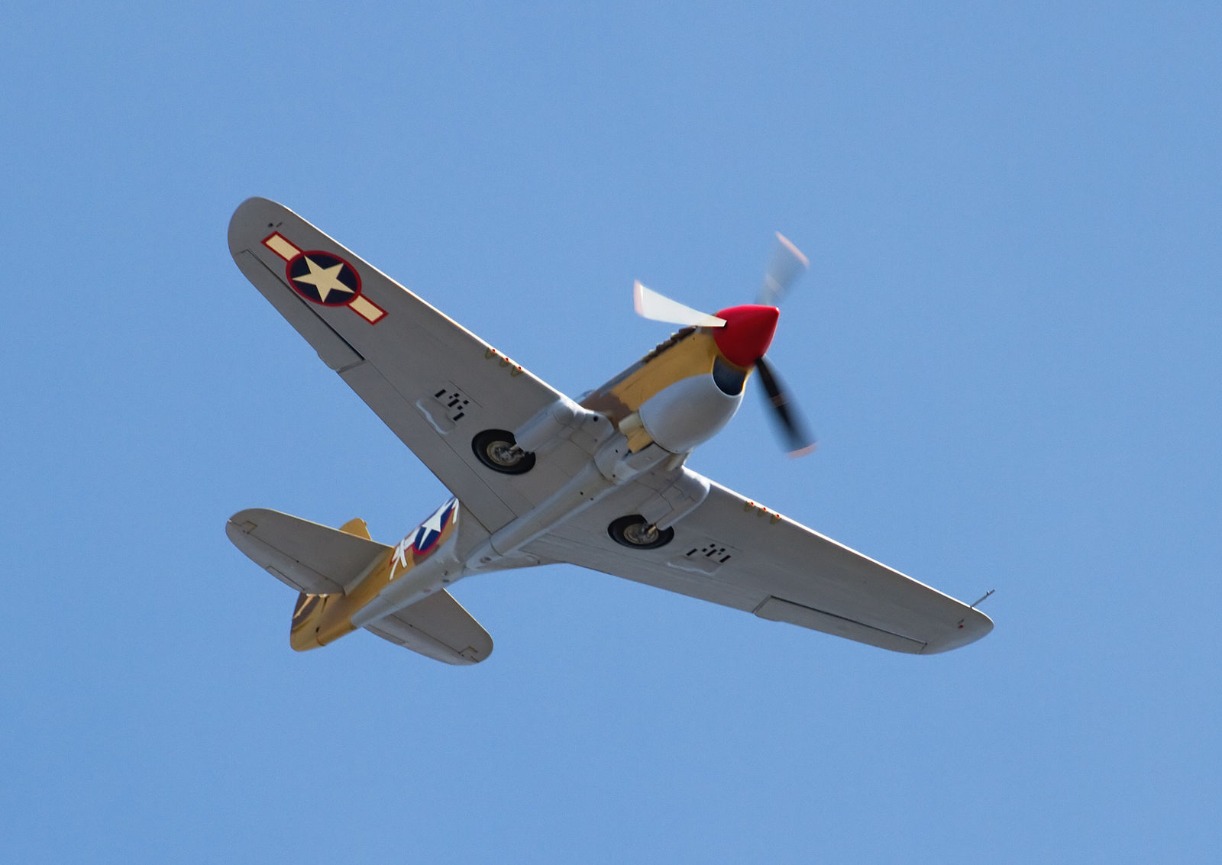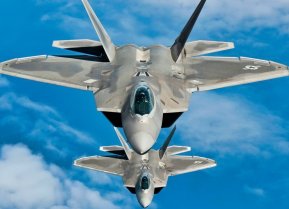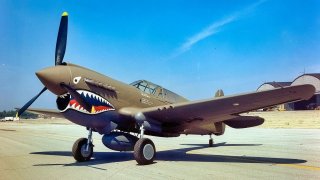Curtiss P-40: Meet the Plane Immortalized By the Flying Tigers in China
The Curtiss P-40 saw service with the air forces of twenty-eight nations, including the US, Australia, Britain, China, the Free French, and the USSR.
Despite criticism of inferiority to the Supermarine Spitfire, Messerschmitt Bf 109, and even the Mitsubishi A6M Zero, the Curtiss P-40 played an important – if not critical – role in America's victory in the Second World War. It was the most numerous U.S. Army fighter plane at the time of Pearl Harbor, and it won fame with General Claire Lee Chennault's "Flying Tigers," who took on superior Japanese forces in China.
Curtis P-40: An Aircraft With Many Names
Known by many names, including Hawk, Kittyhawk, Tomahawk and Warhawk, by the end of the Second World War, some thirty-one variants of the P-40 were developed, and the aircraft saw service in every theater of operations.
The prototype for the P-40 series was first flown on October 1938, and while it showed promise it was far from the best aircraft upon its arrival. However, it greatly improved upon the radial-engined P-36 Hawk, which was an intermediate step between the Curtiss bi-planes and the P-40. The result was a prime example of evolution rather than revolution in fighter design, yet the Curtiss P-40 family was destined to serve widely throughout World War II.
Becoming a Legend in China
In 1942, a stalwart band of American "adventurers" began preparations to help defend Burma from the Japanese. They flew the P-40B Warhawk, marked with Chinese insignia, but under American control. Known as the First American Volunteer Group (AVG) of the Republic of China Air Force, but more commonly remembered as the Flying Tigers, they had been recruited under President Franklin Roosevelt's authority before Pearl Harbor, and their mission was to attack the Japanese and defend the Republic of China. Due to delays, the AVG first flew in combat on December 20, twelve days after Pearl Harbor.
They quickly demonstrated that in the right hands, the Curtiss P-40 could stand up to the best that Japan had to offer. The Flying Tigers in China were credited with 296 aerial victories, while losing twenty-three American pilots, including fourteen in combat. The AVG helped with the defense of Rangoon, but was soon forced to retreat to China.
Despite the notoriety that the AVG received, the unit was actually short-lived, and it was disbanded on July 4, 1942 – replaced by the 23rd Fighter Group of the United States Army Air, which was later absorbed into the U.S. Fourteenth Air Force with General Chennault as commander.
Two veterans of the AVG were later awarded the Medal of Honor for their service in the Second World War, including Gregory "Pappy" Boyington, who went on to command the equally famous "Black Sheep" Squadron; and James Howell Howard, who became the only fighter pilot in the European Theater of Operations to earn the award.
Its Infamous Smile
Today, it is almost impossible to see a surviving Curtiss P-40 without the infamous "shark smile" painted on the front. And most who know anything about World War II would be quick to point out that the iconic imagery painted on the front of the aircraft was started by the Flying Tigers – although why a tiger would wear the face of a shark has never been explained.
The fact is that it wasn't actually the Flying Tigers that first adopted the menacing smile with sharp teeth – it was first employed not in the jungles of Burma, but in the desert of North Africa. The Royal Air Force (RAF) No. 112 Squadron, fighting in North Africa, received its Curtiss fighters in July 1941, and after adopting a few iterations of nose art, finally settled on the definitive design. The unit eventually earned the nickname, " The Shark Squadron."
AVG pilot Charles Bond reportedly saw a photo of the Curtiss with the nose art on the cover of The Illustrated Weekly of India, and soon suggested to Chennault that the aircraft of the First Pursuit Squadron be painted with a similar design. The AVG commander's response was a blunt, "no."
Chennault wanted all the AVG aircraft to carry the markings. Quickly, many pilots and ground crewman pitched in to paint the aircraft, Smithsonian magazine reported.
AVG pilot and memoirist R.T. Smith said what many of the Flying Tigers thought at the time, "That looks mean as hell."

World Wide Service for P-40 Curtis
Production of all variants of the P-40 totaled 16,802, including 13,738 that saw service with U.S. forces. Seventy-three P-40s were among the 152 U.S. Army aircraft destroyed at Pearl Harbor. At the end of the war, the U.S. only had one P-40 group still in operation.

However, the P-40 also saw service with the air forces of twenty-eight nations including Australia, Britain, China, the Free French, the Soviet Union and South Africa.
About the Author: Peter Suciu
Peter Suciu is a Michigan-based writer who has contributed to more than four dozen magazines, newspapers and websites. He regularly writes about military hardware, and is the author of several books on military headgear including A Gallery of Military Headdress, which is available on Amazon.com. Peter is also a Contributing Writer for Forbes.
All images are Creative Commons.


